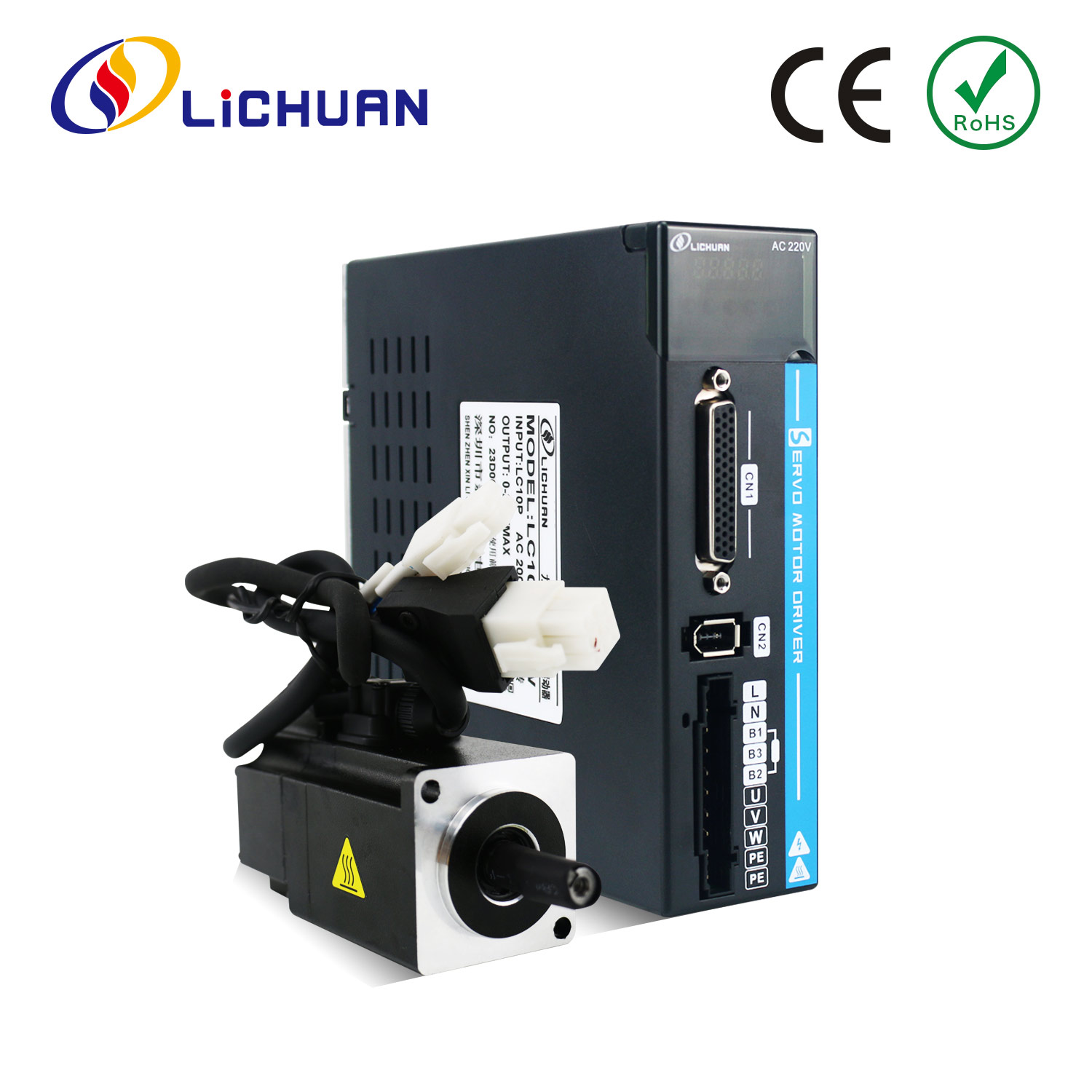Navigating Hazards: Using AC Servo Motors in Hazardous Environments
2024-05-20
AC servo motors are known for their precision, reliability, and efficiency, making them integral components in various industrial applications. However, when it comes to operating in hazardous environments, additional considerations are necessary to ensure safety and optimal performance. In this blog, we'll explore whether AC servo motors can be used in hazardous environments, the challenges involved, and the solutions available to overcome these challenges.
Understanding Hazardous Environments
Hazardous environments are areas where there are potential risks due to the presence of explosive gases, flammable vapors, combustible dust, or other dangerous conditions. These environments are typically classified based on the type and extent of the hazard, with regulations and standards such as the National Electrical Code (NEC) in the United States or the ATEX directives in Europe providing guidelines for equipment used in these areas.
Challenges of Using AC Servo Motors in Hazardous Environments
1. Explosion Risks
Issue: In environments with explosive gases or vapors, any electrical equipment, including AC servo motors, can pose a risk of igniting these substances.
Solution: Motors designed for use in such environments must be explosion-proof or intrinsically safe. Explosion-proof motors are enclosed in a housing that can contain any ignition within the motor, preventing it from igniting the surrounding atmosphere.
2. Dust Ignition
Issue: In areas with combustible dust, such as grain silos or chemical processing plants, dust accumulation on motor surfaces can pose a significant fire hazard.
Solution: Dust-ignition-proof motors are designed to prevent the motor from igniting dust particles. These motors often have special seals and enclosures to keep dust out and contain any potential sparks or heat.
3. Environmental Contaminants
Issue: Hazardous environments can also include harsh conditions such as high humidity, corrosive chemicals, or extreme temperatures, which can damage standard motors.
Solution: AC servo motors used in such environments need to be ruggedized, with enhanced protection against moisture, corrosion, and temperature variations. This may include using materials resistant to corrosion, special coatings, and improved sealing.
Solutions for Using AC Servo Motors in Hazardous Environments
1. Compliance with Safety Standards
Approach: Ensure that the AC servo motors are certified for use in hazardous environments according to relevant safety standards, such as ATEX, IECEx, or UL.
Benefit: Compliance guarantees that the motors have been tested and proven to be safe for use in specific hazardous conditions, reducing the risk of accidents and improving operational safety.
2. Explosion-Proof Enclosures
Approach: Use AC servo motors that come with explosion-proof enclosures, which are designed to withstand internal explosions and prevent any sparks or flames from escaping.
Benefit: Explosion-proof enclosures allow the motor to operate safely in environments with explosive gases or vapors, making them suitable for industries such as oil and gas, mining, and chemical processing.
3. Dust-Ignition-Proof Motors
Approach: Select motors specifically designed to prevent the ignition of combustible dust. These motors typically feature special seals and enclosures to keep dust out.
Benefit: Dust-ignition-proof motors are essential in industries like agriculture, woodworking, and pharmaceuticals, where dust accumulation can be a significant hazard.
4. Enhanced Sealing and Protective Coatings
Approach: Use motors with enhanced sealing and protective coatings to guard against environmental contaminants such as moisture, chemicals, and extreme temperatures.
Benefit: Enhanced protection ensures the longevity and reliability of the motors in harsh conditions, reducing maintenance costs and preventing downtime.
5. Regular Maintenance and Monitoring
Approach: Implement a regular maintenance and monitoring schedule to inspect motors for signs of wear, damage, or contamination. Use condition monitoring tools to detect issues early.
Benefit: Proactive maintenance helps identify and address potential problems before they lead to motor failure, ensuring continuous and safe operation in hazardous environments.
Conclusion
AC servo motors can indeed be used in hazardous environments, provided they are designed and certified to meet the specific safety requirements of these areas. By selecting explosion-proof or dust-ignition-proof motors, ensuring compliance with relevant standards, and implementing regular maintenance, industries can safely and effectively utilize AC servo motors even in the most challenging conditions. Understanding the unique risks and solutions associated with hazardous environments ensures that these versatile and precise motors continue to deliver optimal performance while maintaining the highest levels of safety.



